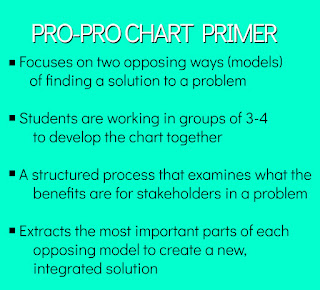Why Escape Rooms?
Being able to work in a classroom of our own at Milton District High School is a bit of a blessing for us. Turning this space into our own demonstration classroom is a bit of a dream come true. Who wouldn’t want a blank slate to play in? We realized quickly that we were going to be slowed down a bit by factors that were beyond our control. The room needs to be able to demonstrate a wide variety of uses for multiple subject areas and pathways all while being functional for secondary or elementary students and teachers.
The first step we took in our space was to measure the walls and order whiteboards. We like to work vertically and from our experience, so do students. Once the install is complete the demonstration room will have space for 17 to 20 student groups to work. Unfortunately the delivery and install could take up to a month.
Step two was to find some furniture vendors who would be willing to work with us in outfitting the room with functional, flexible furniture. We got really lucky on this one, as plenty of retailers wanted the opportunity to play with us. You can look forward to furniture as a vehicle to change pedagogy in a future post. Again though, the downside is that scheduling the meetings, delivery and install takes time.
So we were expecting to have about a month of time where our demonstration space would be a blank slate. Yet we had a few goals we wanted to meet, such as getting to know some of the Milton District staff and students. We also had this funky display case attached to the room that could be accessed by a lockable door.

“That would be a cool feature in an escape room…”, we thought.
This was quickly followed by, “We should turn this into an escape room!” We might have high fived. This was innovation. We had a product, the demonstration room, that we wanted to improve in the short term. At the same time we wanted to improve our understanding of the school community itself.
We put together a package of sorts for interested classes, based around a YouTube video we saw that discussed the skills that are required to be successful in an escape room. We wanted to go a bit deeper than the video, linking the skills used in an escape room to our own Learning Skills and Global Competencies. Our idea was to show the video, have the students complete a Breakout Edu escape room, then debrief their success or failure by linking back to their own individual learning skills.
We did become a victim of our own success. We offered up 25 time slots for classes to participate in the escape room, of which, 19 ended up being filled. We didn’t initially plan for what to do when a student repeated our room. In fact, we only expect to run the same room several times, so we wouldn’t even mix up the puzzles. In the short term, we thought that the one or two “repeats” could help us watch their class for good examples of team communication. We would then lean on these students to help guide our debrief with their class.

This worked well, for two days, then disaster as a Grade 9 class arrived at the escape room with fully half of the students attending for the third time. On the fly between periods we printed out the puzzles for a brand new escape room and quickly set the room up. This wasn’t super ideal, as we had not really tested the room ourselves and in the end the room itself was a great deal more challenging than our first puzzle. To this date, no one successfully solved that second room.

Another challenge we faced was facilitating the debrief at the end of the room. Several classes took close to the full 45 minutes to escape. Add the travel time and our intro activity and were we pretty much at the end of our period with the students. So while we wanted to have a rich discussion with each class, we found ourselves more often congratulating them and then sending them on their way with some homework. Most often, “Think about how good communication and teamwork skills can help you in real life”. Again, not quite what we were picturing when we decided to run with escape rooms.
That being said, lots of good came from our two week experiment. We met lots of students from all grades and pathways. We also got to meet a fair number of teachers. This is important to us, as we believe that intentionally building community in authentic ways is important on the first day of school, the second day of school and every day after too. So we hope that those classes who participated in an escape room did notice a shift in their own community. We saw it happen in a few cases, where a class would arrive dragging their heels and asking “What’s the point of this?”, only to leave smiling and laughing.

We are coming to realize how important a sense of play is to school communities. People should feel that it is fun to be learning. This doesn’t mean that the activities are all fluff and candy and certainly it wouldn’t make sense to do an escape room every day with your students. But if we can find authentic ways to make students and staff feel excited about coming to school to learn together, that’s a big win. So tell us, what do you do to make students feel excited about learning?

Comments
Post a Comment